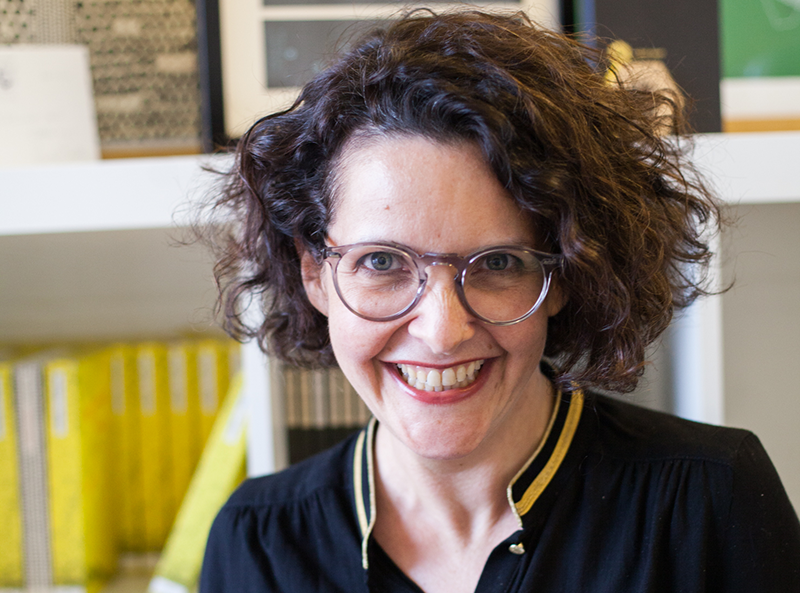
July 3, 2018
Chain Letters: Anna Gerber
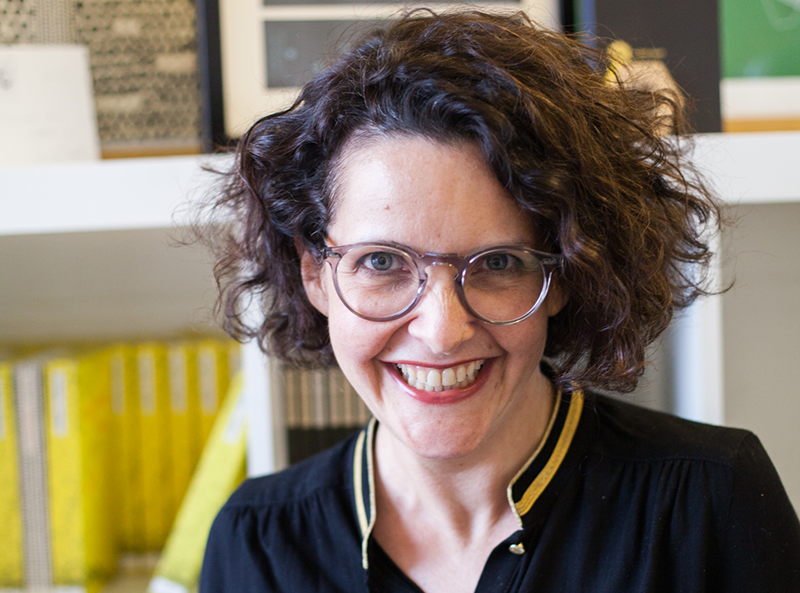
This interview is part of an ongoing Design Observer series, Chain Letters, in which we ask leading design minds a few burning questions—and so do their peers, for a year-long conversation about the state of the industry.
It‘s July, and we’re all looking to kick back at the beach. This month, we examine design and books, and why good readers make good designers.
Paris born, LA bred, London-based Anna Gerber co-founded London-based Visual Editions and co-created editionsatplay.com with Google Creative Lab in Sydney. Editions At Play proudly recently won a Peabody Futures Award for excellence digital storytelling for mobile.
Anna has worked with global partners ranging from Ace Hotel, WeTransfer, Google Creative Lab, Google ZOO and Mercedes-Benz, judged for D&AD, given talks at TedX, It’s Nice That and was External Examiner for the Royal College of Art.

Breathe, a new title from Editions At Play. Image courtesy of Anna Gerber.
The chief executive of Hachette Livre, Arnaud Nourry, recently said he was “convinced” that the publishing house could do more to use their content and digital properties beyond ebooks, but they’ve fallen short because editors are used to creating designs on a flat page and “don’t really know the full potential of 3-D and digital.” Do we need to think about reading differently?
Yes, yes, yes. We all know the technology and its potential is right there. It’s at our fingertips. We also know the audience appetite is there. Readers and writers are open, adventurous, and eager to try new things. Even if those experiences are not always perfect.
The full potential of technology has less to do with what is possible and what tools we have at our disposal, rather what we do with those tools. The question is more how we use the tools to create truly delightful reading experiences. Maybe we should be putting the reading experience back in the spotlight and thinking about the technology we use as this magically illusive thing because it is almost feels… invisible. And that’s what makes it feel magical.
Readers and writers are open, adventurous, and eager to try new things. Even if those experiences are not always perfect.
A recent study found that the psychological experience of owning a physical book is different than owning an ereader: a physical book is an object with lasting value and emotional worth, like an heirloom. An ereader, in its current form, is more transactional; like a movie, you read it for the experience of its contents and the vessel is ephemeral. What value do you place on either and why?
My house is filled with books. It’s filled with objects. It’s filled with beautiful things that I place huge importance on filling up my life. It’s a rather emotional thing for me, to be surrounded by these small, big, disposable and covetable objects in this way. Marie Kondo would have a field day.
I think few people would dispute this need we share to connect to our physical environments. This doesn’t mean that we can’t think of our connections to digital experiences as being meaningful and full of value, only different.
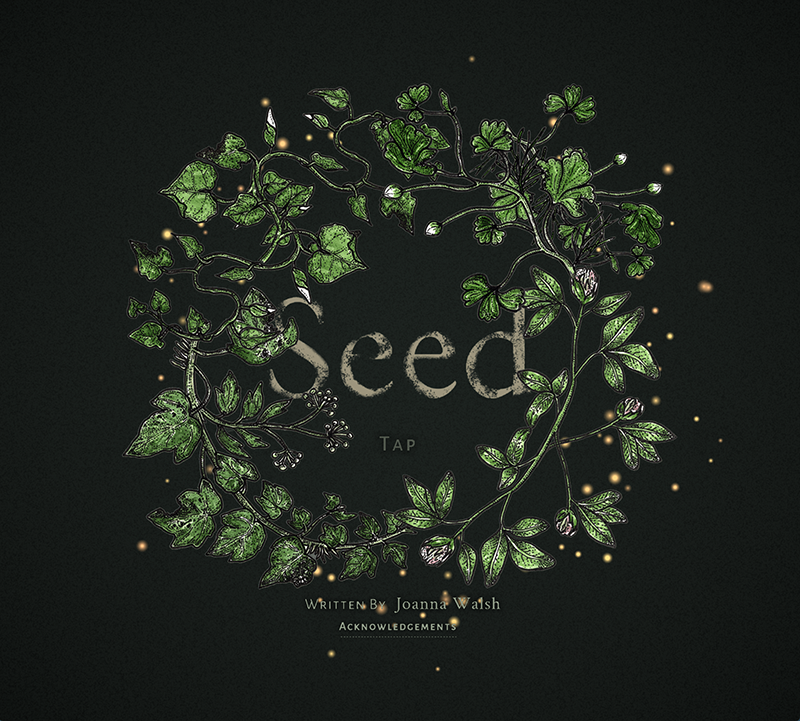
Seed, by Joanna Walsh, from Editions At Play. Image courtesy of Anna Gerber.
This was something we explored with two of our Editions At Play books: there was Seed by Joanna Walsh where treated the design of the book as you would a limited edition hardback. There is a sense of craft and detail and depth of volume that we borrowed from the emotions that are typically connected to traditional book design. Not to mention the hundreds of specially commissioned illustrations that appear on every single page.
For Tea Uglow’s A Universe Explodes, we wanted to see what would happen if we tried to make a limited edition digital artifact and we used blockchain technology as our form of distribution. The block chain worked a lot like a library card, moving from one reader to the next and ended up forming what we started to call a book daisy chain. Borrowing from the familiar behaviours of lending and passing physical books from one person to the next was our way of exploring and poking at what our emotional connect might be to digital books. Different yes, but possible.

A Universe Explodes, from Editions At Play. Image courtesy of Anna Gerber.
Is the direct comparison made between print and ebooks even a fair one to make when the experience is so completely different?
My gut would be to say no. We all know that reading a book on your phone is a very different thing to read a book in print. On mobile, you might see the name of your street suddenly appear in the text you’re reading and think “oh, that’s pretty cool.” And you might also think “that’s something I wouldn’t get from my Donna Tartt book.”
Maybe the more we push the possibilities of what you can do in the print world and the more we tap into the potential of what you can do in the digital book world, the less we’ll be able to compare the two.
Maybe the more we push the possibilities of what you can do in the print world and the more we tap into the potential of what you can do in the digital book world, the less we’ll be able to compare the two.
It’s like if you were to compare listening to your favourite band on Spotify with seeing your favourite band perform live at a gig in Glastonbury. You just wouldn’t compare the two. The music might be the same but the experience couldn’t be more different.
What are the design features that encourage you to return to a book again and again?
A great story.
From Paul Moore, creative director, Capitol Records: Do you feel there is a perceived notion that art created for digital use is valued and respected less than in the print medium, and should therefore take less time to create?
I think this circles back to the idea of the emotional value we place on digital. Digital experiences need just as much, if not more time to create than print, simply because there is less familiar ground to cover. This takes time to discover.
But maybe to really progress we can think less about digital and print as such separate worlds and think of ways to bring them together. For our next book, we’re dipping our toes into the world of print on demand, which has such terrific potential in terms of creating new audience experiences, making completely personalised printed objects though digital potential and collapsing boundaries between print and ebooks. Let’s see if it actually works.
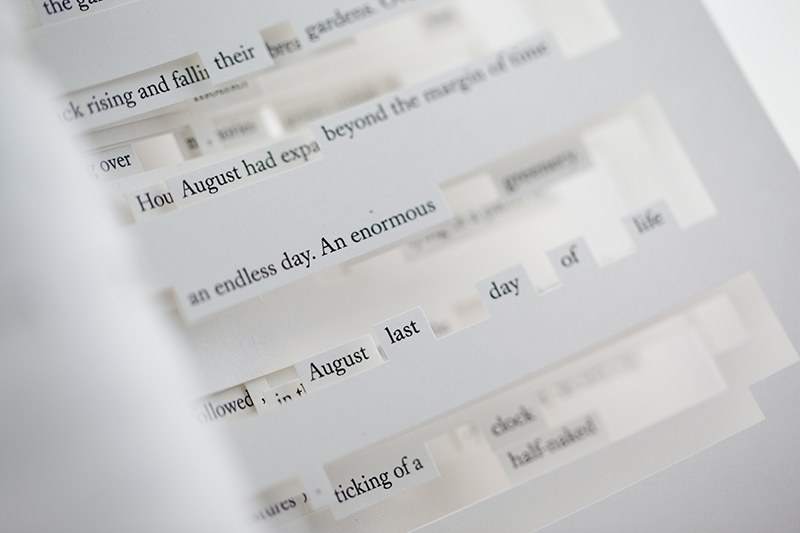
Next week, Anna asks Jennifer 8. Lee, co-founder and CEO of Plympton: Your work plays with the idea of narrative environments, at one point do you think a book stops being a book? Or do you think this doesn’t matter?
Observed
View all
Observed
By Lilly Smith
Related Posts
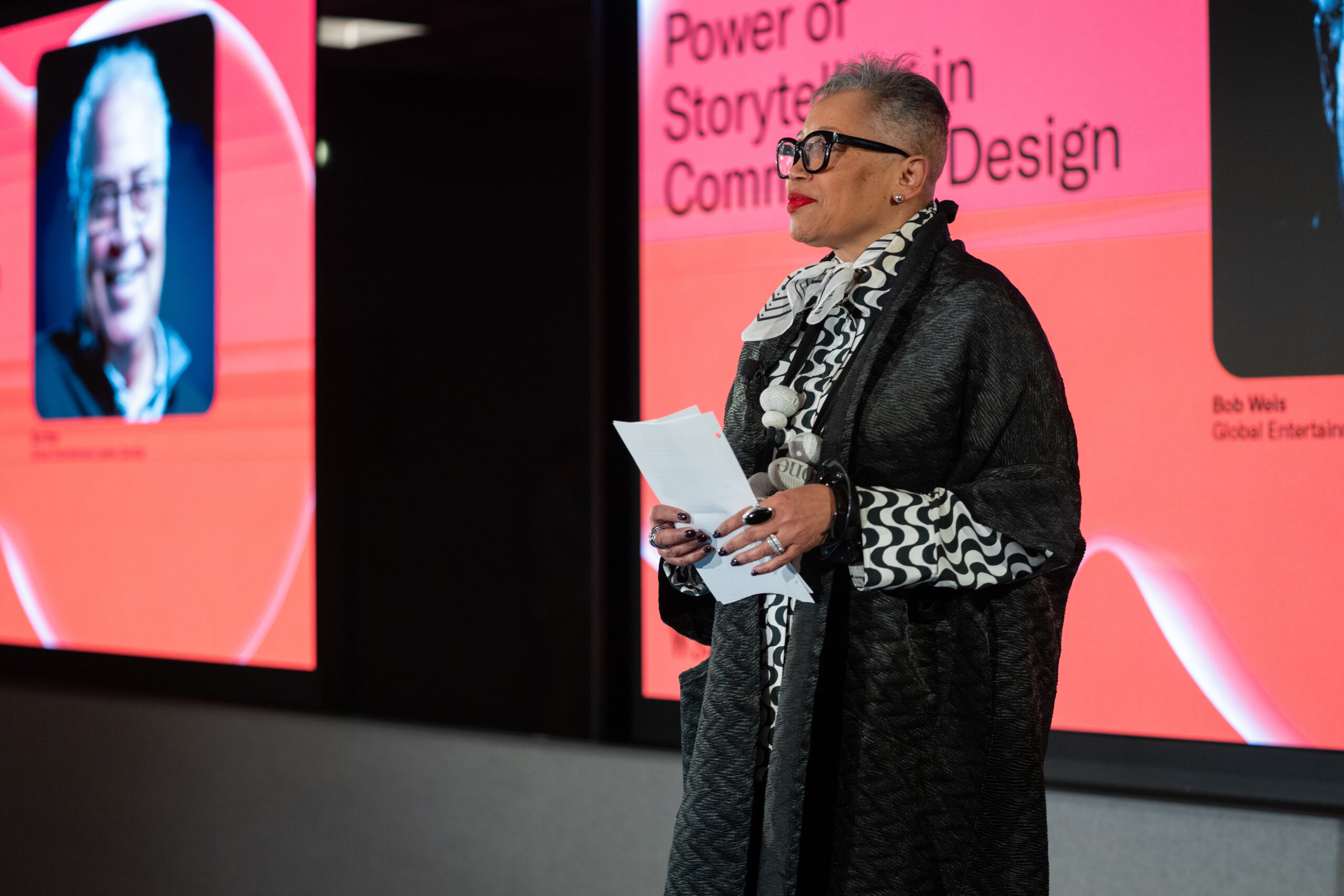
Design Juice
L’Oreal Thompson Payton|Interviews
Cheryl Durst on design, diversity, and defining her own path
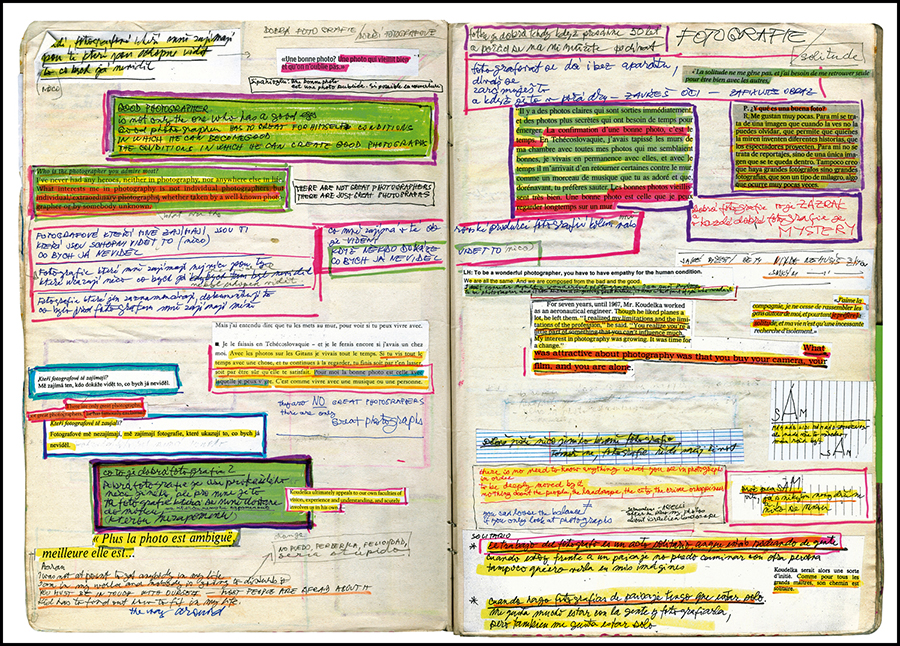
Arts + Culture
Jessica Helfand|Interviews
Josef Koudelka, Next: A Visual Biography: Ten Questions for Melissa Harris

The Editors|Interviews
GOOOOOOAL

Books
Jessica Helfand|Interviews
Henry Leutwyler: International Red Cross and Red Crescent Museum
Related Posts

Design Juice
L’Oreal Thompson Payton|Interviews
Cheryl Durst on design, diversity, and defining her own path

Arts + Culture
Jessica Helfand|Interviews
Josef Koudelka, Next: A Visual Biography: Ten Questions for Melissa Harris

The Editors|Interviews
GOOOOOOAL

Books
Jessica Helfand|Interviews
